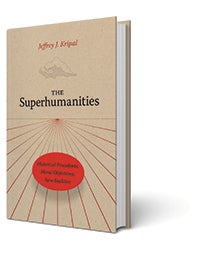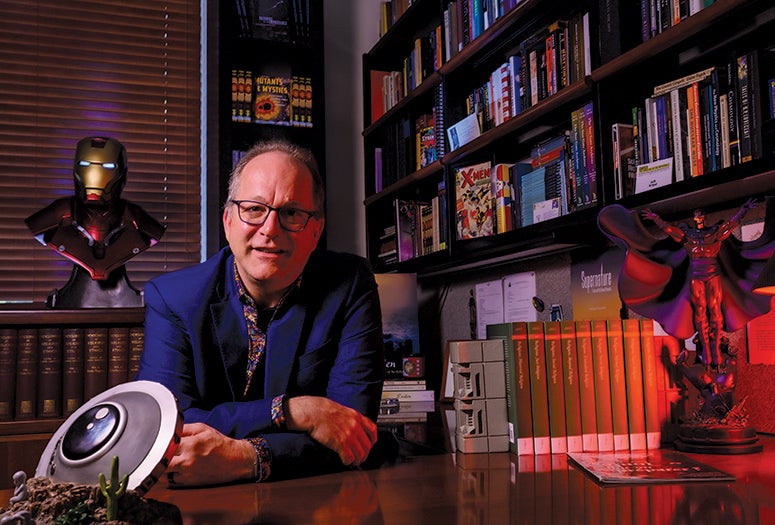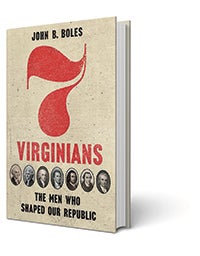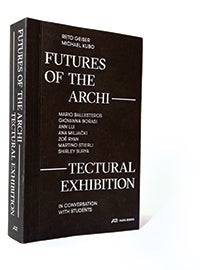Now Reading: Faculty Books
Recent publications by Rice faculty in architecture, history and the "superhumanities."
Spring 2023
By Jennifer Latson

The Superhumanities
Historical Precedents, Moral Objections, New Realities
Jeffrey J. Kripal
University of Chicago Press, 2022
Jeffrey J. Kripal is convinced we’ve all had surreal, otherworldly experiences in our lives, but many of us are too embarrassed to talk about them. Academics, in particular, go out of their way to ignore the uncanny. Kripal, a professor of religion at Rice who has written extensively about such subjects, understands why. He knows firsthand that the social stigma is real. But he believes that humanities scholars are doing themselves — and all of us — a disservice by neglecting this immense part of what it means to be human. In his latest book, “The Superhumanities,” Kripal makes a case for bringing the fantastic back to academia. We spoke to him about what that would entail.
You argue that “there is something cosmic or superhuman smoldering in the human.” What do you mean by that?
By the “superhuman,” I mean that human beings, and especially wildly creative intellectuals and writers, often experience altered states of consciousness and embodiment, which then result in new ideas and intellectual movements. These altered states are literally “super” in the sense that they transcend or go beyond our ordinary day-to-day thinking and functioning and are not arrived at only through logic or reason: They suddenly appear, and they appear as given. People who are more porous or “on the margins” are generally more in touch with these altered states. Trauma, illness, danger and death also sometimes constitute major openings to the superhuman dimensions of who and what we already are.

What would it mean to reimagine the humanities as the superhumanities?
The humanities are already the superhumanities. That is, so many of our revered authors, artists and activists were drawing quite explicitly on these altered states and their gifts. What it would take to transform the present humanities into the superhumanities is a new way of remembering and focusing on those states and then cultivating them in the present and future.
Why did the humanities come to exclude the study of “impossible” experiences?
I think the humanities came to exclude these things for many reasons, some of them good. The 20th century, for example, saw a fairly dramatic turn to social, political and moral concerns, all of which are perfectly just and important. One underlying assumption has been that the vertical or “super” dimensions of human experience must be excluded or ignored to focus on these immediate concerns. I just think that is wrong.
The New York Times called you “a renegade advocate for including the paranormal in religious studies,” and you acknowledge in the book that you are an outlier. Fair assessment?
Yeah, I feel like an outlier often, but I doubt I really am. I always get the question, “How do you deal with the pushback?”, to which I always reply, “What pushback?” I think intellectuals and scientists are often in the closet on this one. That is, they know perfectly well that these extraordinary things happen. They just do not want to sound like the tabloids. And young people, especially young intellectuals, are very interested in exactly this material. The human has always been, and will always be, the superhuman. That’s my deeper point.

The Architecture of Birdsall P. Briscoe
Photography by Paul Hester
Stephen Fox ’72
Texas A&M University Press, 2022
If you’ve ever driven through Houston’s tony River Oaks neighborhood, you’ve seen some of Birdsall P. Briscoe’s architecture. A self-styled “gentleman architect,” Briscoe specialized in palatial country houses, the grandeur of which set his homes apart from the Colonial Revival, Craftsman and Foursquare houses that characterized much of Houston at the time. They also contributed to the elite ideal of Houston as a suburbanized garden city and helped brand the families who occupied Briscoe’s homes as progressive community leaders intent on “modernizing Houston with beauty,” as architectural historian Stephen Fox writes in “The Architecture of Birdsall P. Briscoe.”
“An examination of Briscoe’s architecture reveals the ways in which his houses materialized a collective identity for his clients by representing them as a patrician class, worthy of respect, trust and civic leadership,” writes Fox, a lecturer at the Rice School of Architecture. “This patrician identity constituted the ‘social architecture’ of the 20th-century American country house, setting it apart from the commercial, institutional and industrial architecture where the wealth-producing activities of the occupants occurred or from which they were managed.”

Seven Virginians
The Men Who Shaped Our Republic
John Boles ’65
University of Virginia Press, 2023
Seven men, all born in the northeast corner of the colony of Virginia between 1725 and 1758, played an outsize role in laying the political and legal foundations of our nation. George Washington, Thomas Jefferson and James Madison tend to get most of the limelight, but historian and Professor Emeritus John Boles gives equal credit to James Monroe, George Mason, Patrick Henry and John Marshall. All seven, Boles argues, played an essential role in shaping the United States, from fighting a revolution to writing a constitution, organizing the first political parties and clarifying the role of the president.
“Seven Virginians” is not just a narrative of the nation’s founding; it’s also a clear-eyed examination of the cultural and environmental conditions that set these historical figures on a path to leadership. That includes the enormous privilege they enjoyed at the expense of others, including enslaved African Americans, whose lives and labor they exploited for the wealth and leisure that enabled them to pursue their own aspirations. “I recognize that a book about seven white slaveholders will appear inappropriate or even repugnant to some readers in 2023,” writes Boles, “but I believe it is important to see these men in all their complexities — good and bad — if we are to face our history honestly and with completeness.”

Futures of the Architectural Exhibition
Reto Geiser and Michael Kubo, editors
Park Books, 2022
Architectural exhibitions are a relatively recent cultural phenomenon. Exhibition venues and museum collections dedicated to architecture have only become widespread in Europe and North America since the late 1970s, write Reto Geiser and Michael Kubo in the introduction to “Futures of the Architectural Exhibition.” But such exhibitions have evolved enormously in that time, and new approaches are transforming them in both content and context. Geiser and Kubo, professors of architecture at the Rice School of Architecture and the University of Houston, respectively, argue that these changes reflect a “profound reckoning with architecture’s ongoing complicity in structural forms of racism and exclusion.”
“In this context, recent exhibitions speak to the charged questions of race, class, gender, labor and identity that have accompanied architecture’s stocktaking with regard to equity and social justice,” Geiser and Kubo write. Taking the form of a series of conversations between architecture students and seven contemporary curators who visited Houston between 2018 and 2021, the book investigates the ways international exhibition curators have addressed these thorny issues. As the editors write, “Reflecting shifts in contemporary curatorial thinking in response to a changing present, these dialogues suggest pathways toward multiple possible futures for the architectural exhibition.”
